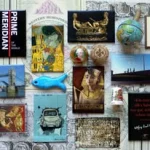If you visit Vienna, find the narrow street Rauhensteingasse near St. Stephen’s Cathedral. Stop in front of the entrance of house No. 3. A stone is hanging above the beautiful wooden gateway decorated with several geometric symbols. The name of the street is not accidental. It means: the street of the rough stone.
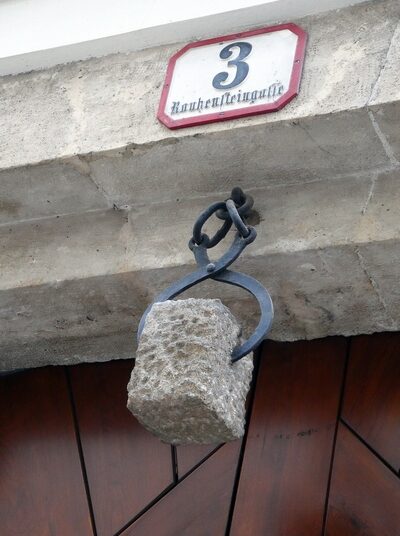 I won’t keep you in suspense: you are just standing in front of the entrance to the Freemasons’ Grand Lodge. The rough stone is a very important symbol. It symbolizes an imperfect man who is – through education, culture, discipline and humanity – becoming a smooth, perfect stone that exactly fits into the wall of the Temple of all temples.
I won’t keep you in suspense: you are just standing in front of the entrance to the Freemasons’ Grand Lodge. The rough stone is a very important symbol. It symbolizes an imperfect man who is – through education, culture, discipline and humanity – becoming a smooth, perfect stone that exactly fits into the wall of the Temple of all temples.
 There is no door handle, just three golden balls (door knockers). Number 3 dominates in Freemasonry. They – like ancient philosophers – believe it to be a symbol of the highest existence, a number that has a beginning, middle and end. There are also seven stone blocks on each side of the gate – seven stairs to the Temple of Solomon. Hiram, the architect of the Temple, was murdered by three apprentices during an unsuccessful attempt to force him to divulge the Master Masons’ secret passwords. In 1119, the Knights Templar came to Jerusalem. It is said that they found a treasure as well as Hiram’s “key” and brought it to Europe where the very first Gothic guilds of builders and stonemasons were created. They were closed societies with very strict admission rules. These gave the basis for the fraternal organization of Freemasons.
There is no door handle, just three golden balls (door knockers). Number 3 dominates in Freemasonry. They – like ancient philosophers – believe it to be a symbol of the highest existence, a number that has a beginning, middle and end. There are also seven stone blocks on each side of the gate – seven stairs to the Temple of Solomon. Hiram, the architect of the Temple, was murdered by three apprentices during an unsuccessful attempt to force him to divulge the Master Masons’ secret passwords. In 1119, the Knights Templar came to Jerusalem. It is said that they found a treasure as well as Hiram’s “key” and brought it to Europe where the very first Gothic guilds of builders and stonemasons were created. They were closed societies with very strict admission rules. These gave the basis for the fraternal organization of Freemasons.
The history of modern Freemasonry goes back to June 24 (the day of its patron John the Baptist) 1717 when the Grand Lodge of England was founded. It means 300 years ago. Vienna – together with London, Amsterdam and Berlin – became one of the main centers of the new movement in the 18th century. According to old chronicles, there were traffic jams in the city when members were coming to the meeting on their carriages. Especially, Angelo Soliman, an African servant of the Prince of Liechtenstein attracted a lot of attention. He was also admitted to the fraternity!
But the first high aristocrat, admitted in 1731, was Francis I., Maria Theresa’s future husband. He devoted himself to natural science, astronomy and alchemy. He also founded the zoological garden in Vienna – by the way, the oldest one in the world. If you see the map of the zoo, you will see a pavilion in the center from where the animal pens extend. Some say it looks like a cake cut in pieces but for others, the pavilion symbolizes the Temple of the Holy Grail and the pens – “animal lodges”.
It is said that Maria Theresa was jealous, she did not like the secret meetings of her husband so she sent a group of policemen and disbanded the lodge. But after her husband’s death, she was very sorry for her actions and started to support the Freemasons’ humanitarian institutions very generously. If you have visited Vienna already, I am sure, you have made a stop at the magnificent monument of this famous woman as well.
Maria Theresa is sitting on the throne looking at her residence of Hofburg. She is surrounded by 24 important men – there are her advisers, personal physician, battle marshals, composers and scientists. Many of them were active Freemasons, Rosicrucians or Illuminati. Kaspar von Zumbusch was entrusted by Francis I. to build the monument. It is not clear if Zumbusch also belonged to the fraternity but anyway, he showed with his work how important the Freemasons were for both Maria Theresa and Austria.
You can also find the figure of Mozart on the monument. He is one of the most famous members of society. Mozart joined Freemasonry in 1784 and was so impressed by its ideals that he also persuaded his father Leopold and his colleague Joseph Haydn to become members. On the painting from an unknown painter (around 1790, Vienna Museum), which depicts the interior of a lodge, you can see Mozart on the right bottom sitting with Emanuel Schikaneder, the impresario and author of the libretto for the opera The Magic Flute which is full of Masonic themes and symbols.
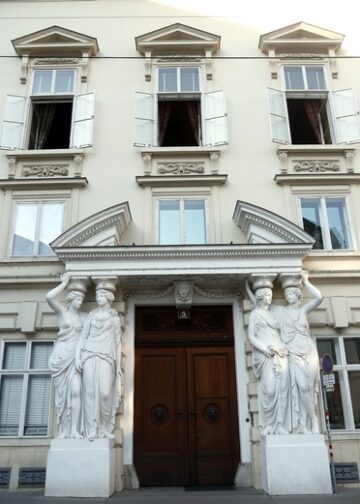 If you go to Joseph’s Square (Josephsplatz), look at house No. 5 – Fries-Pallaviani Palace which was built for Johann von Fries, a banker and entrepreneur, one of the richest men of the monarchy. He possessed the privilege to mint Maria Theresa’s thalers and keep one-third of the profit for himself. He also belonged to the Freemasons, the same as Franz Anton Zauner who built the beautiful caryatids on the palace portal.
If you go to Joseph’s Square (Josephsplatz), look at house No. 5 – Fries-Pallaviani Palace which was built for Johann von Fries, a banker and entrepreneur, one of the richest men of the monarchy. He possessed the privilege to mint Maria Theresa’s thalers and keep one-third of the profit for himself. He also belonged to the Freemasons, the same as Franz Anton Zauner who built the beautiful caryatids on the palace portal.
Zauner built the riding statue of emperor Joseph II. on this square as well. In the beginning, Joseph II. stood for the Freemasons but later considerably reduced the number of the lodges. The statue was unveiled in 1807 when Freemasonry had already been definitely forbidden. There is also the entrance to the magnificent State Hall (Prunksaal) of the Austrian National Library on this square. You can visit the exhibition 300 Years of Freemasons there in these days.
There are more than 150 unique exhibits from national and international collections which give you the possibility to at least partially reveal the backstage of this secret society, to take a look at its history and get better acquainted with its rituals and symbols. I chose five exhibits that engaged my attention.
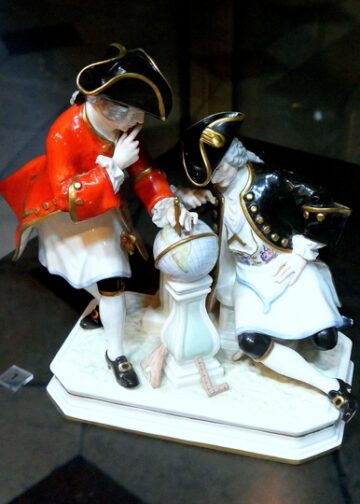 (1) The porcelain group (1740) of two noble gentlemen investigating a globe. How do we know that they belong to the fraternity? Because of the aprons, they have on.
(1) The porcelain group (1740) of two noble gentlemen investigating a globe. How do we know that they belong to the fraternity? Because of the aprons, they have on.
(2) The Masonic apron may have its origin in old stonemasons’ working aprons. Usually, it is made of white lambskin (for apprentices), embellished with a light blue (colour of heaven) ribbon (for journeymen) and three roses (for masters – the rose is a symbol of confidentiality. When a Freemason died, they put three roses into his grave.). But on this apron, you can see there also a lot of other symbols: the temple (doesn’t it remind you of the pavilion in the Viennese zoo?), two main symbols – the square and compasses (the balance between material and spiritual strengths), a beehive (diligence), acacias (immortality of the soul), the black and white mosaic paving (contradictions of life), two columns of Solomon‘s Temple, the sword of justice, mason’s trowel, rough and perfect stones… There is also a similar apron on the exhibition which once belonged to Voltaire, the greatest French Enlightenment writer. Voltaire was admitted as a member when he was 84 and accompanied by Benjamin Franklin at the admission ritual.
(3) Reproduction of the copper engraving (1745) made by Johann Martin Bernigeroth which shows the Masonic admission ritual. The master-to-be is lying on a symbolic coffin while the others hold their daggers pointing to his body.
(4) The ritual carpet tapis (around 1780) – in the early years of Freemasonry, symbols of the lodge were drawn on the floor in chalk and charcoal. Later, they started to use a waxed canvas rolled up in the middle of the lodge between three lamps – representations of beauty, strength and wisdom. The carpet is also covered with lots of Masonic symbols.
(5) Do you remember friendship books from your school years? Freemasons have something similar. Usually, because many prominent and famous people are members of society, such books with their autographs are of great value. The friendship album presented in the exhibition once belonged to Johann Georg Kronauer, a French teacher in Vienna. The book is open on the page where Mozart wrote on March 30, 1787, in English: Patience and tranquillity of Mind contribute more to cure our Distempers as the whole art of Medicine.
If you expect to find a name list with today’s celebrities who are active members of Freemasonry, then you will be disappointed. There are only columns with names of famous Freemasons who have died already, among them: W. Churchill, J. W. Goethe, G. Washington, M. Chagall, R. Kipling, M. Twain and A. Pushkin.
According to the information from the exhibition, a member is allowed to say that he is a Freemason but he must not report on another brother’s membership. But you can make a stop at a showcase with some logos and trademarks, different arts of shaking hands and gestures of some famous people and just laugh about it or create your own conspiratorial theory. It is nothing new. From the very beginning, it means for 300 years already, people look at Freemasonry with mistrust and suspicion. The collapse of the monarchy, the October revolution, natural disasters, financial crises and many other problems are attributed to this secret society.
This is Albertina, the famous museum in Vienna. It was named after its founder – Duke Albert of Saxen-Teschen who also belonged to the fraternity and contributed to the development of Freemasonry not only in Vienna but also in Prague and Bratislava. Many find Freemasons’ symbolism even in the architecture and interiors of Albertina.
Nowadays, the Grand Lodge of Austria has about 3,600 members in 73 lodges, 50 of which are in Vienna. The exhibition 300 years of Freemasons was opened by Dr. Georg Semler, the Grand Master of the Grand Lodge of Austria. It will be open until January 7, 2018. All information: here – Free entrance for young people under 19!
Never mind if you won’t manage to come to Vienna during that time. If you are interested in this subject, you can visit the Freemasonry Museum in the Baroque castle of Rosenau (just 8 km from the town Zwettl) or the Austrian Freemansons´website (in German).
Text: © Copyright Ingrid, Travelpotpourri
Fotos: © Copyright Ingrid, Travelpotpourri
1010 Wien, Austria
Germany

 TRAVEL
TRAVEL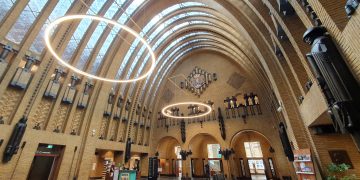
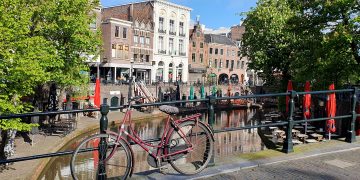


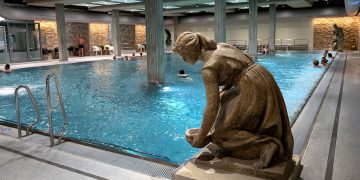
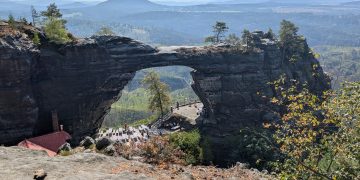
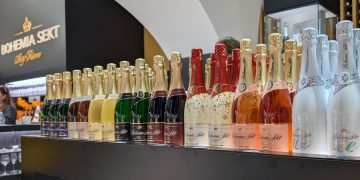
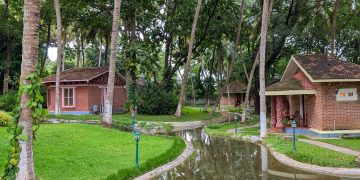
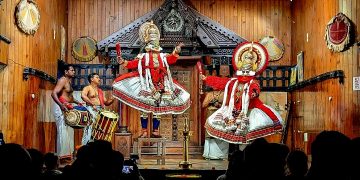
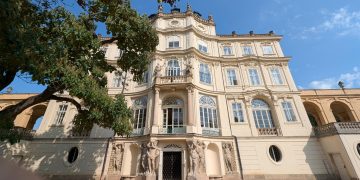
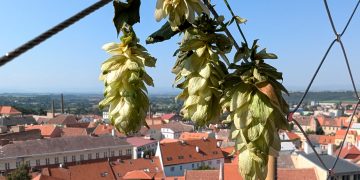

 RECIPES WITH A STORY
RECIPES WITH A STORY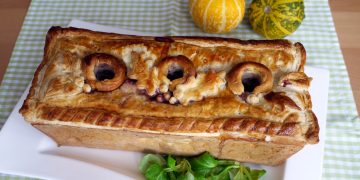
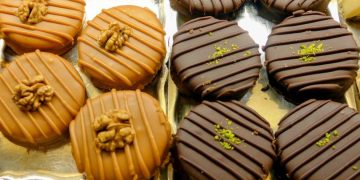


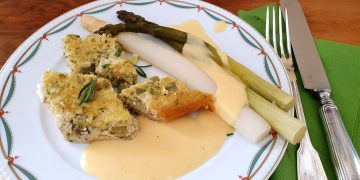


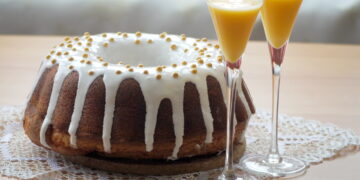

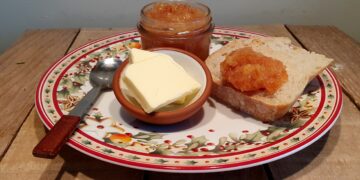
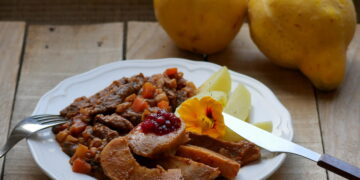
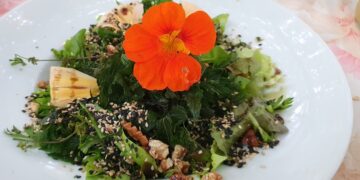
 AUSTRIA-VIENNA
AUSTRIA-VIENNA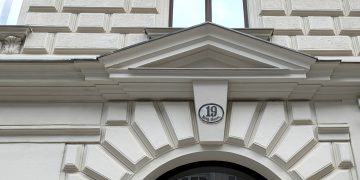
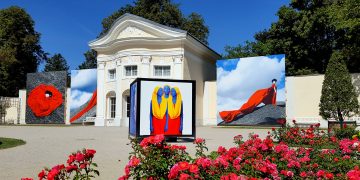
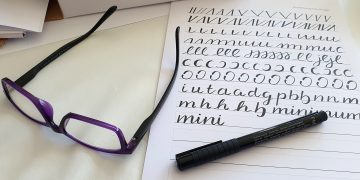
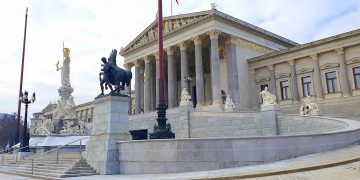
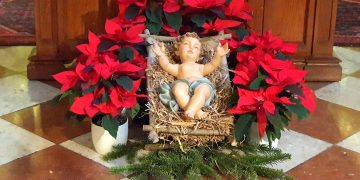

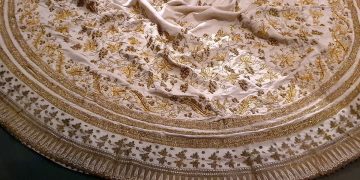
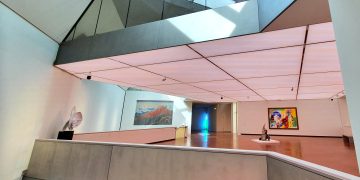
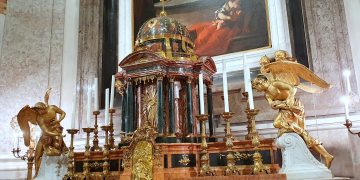

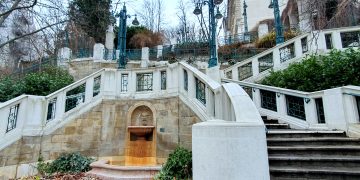

 SLOVAKIA-BRATISLAVA
SLOVAKIA-BRATISLAVA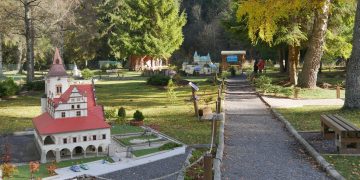
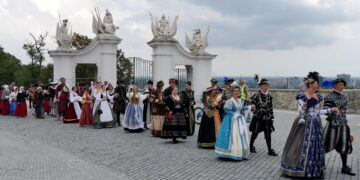

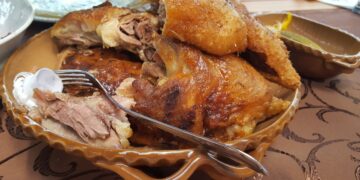
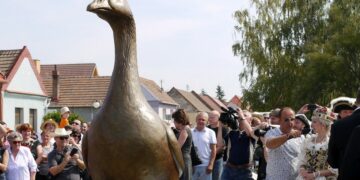
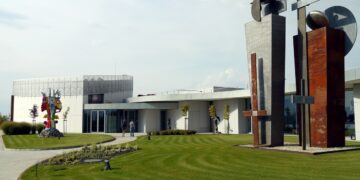
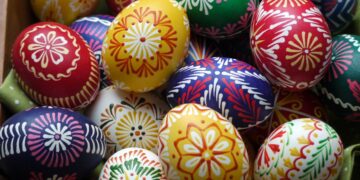
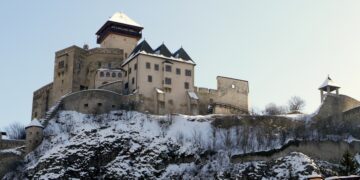
 EVENTS
EVENTS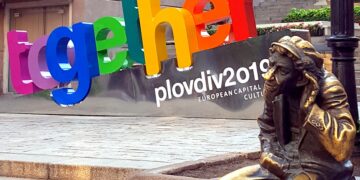
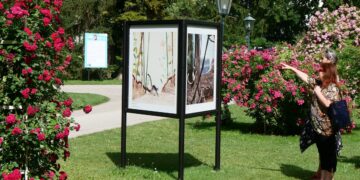

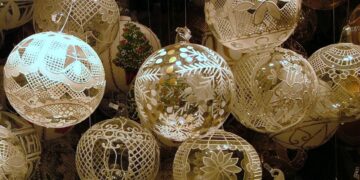
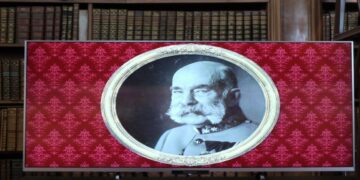
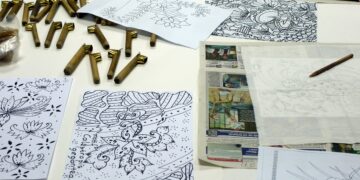
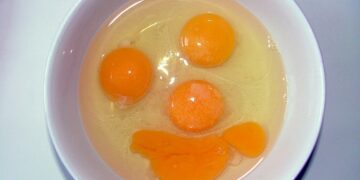

 INTERVIEWS
INTERVIEWS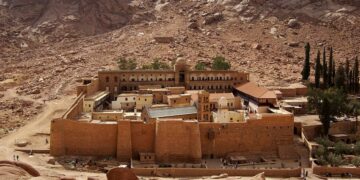

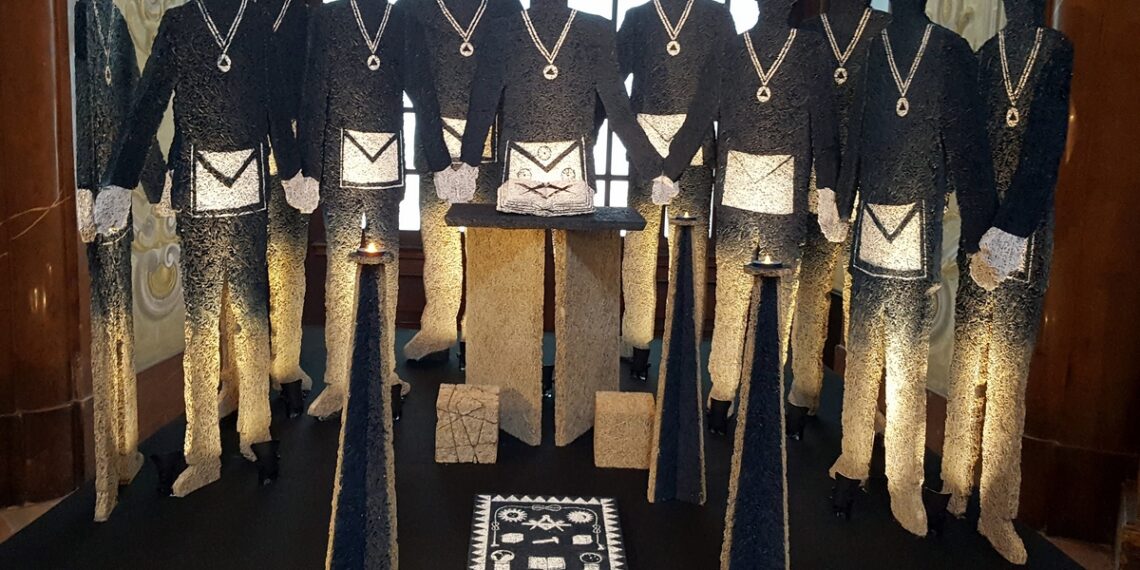

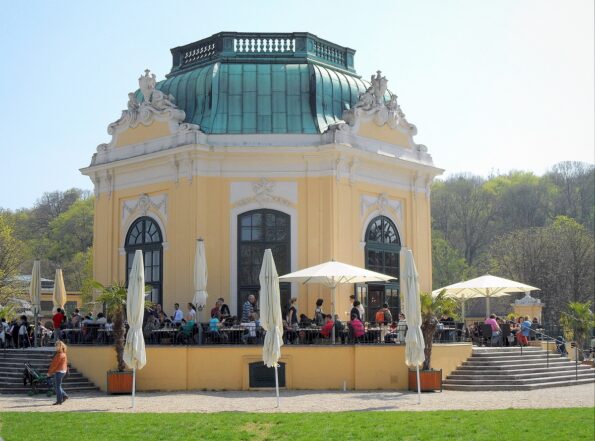


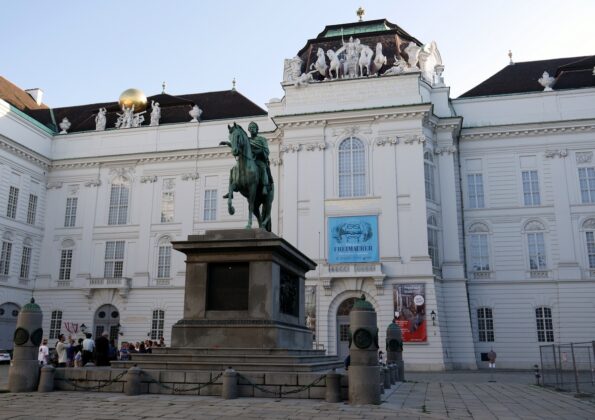
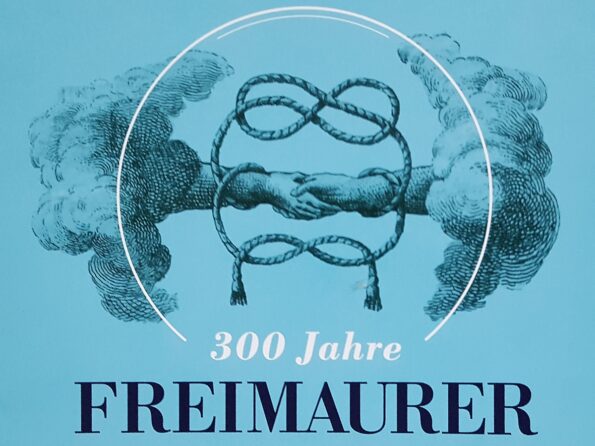
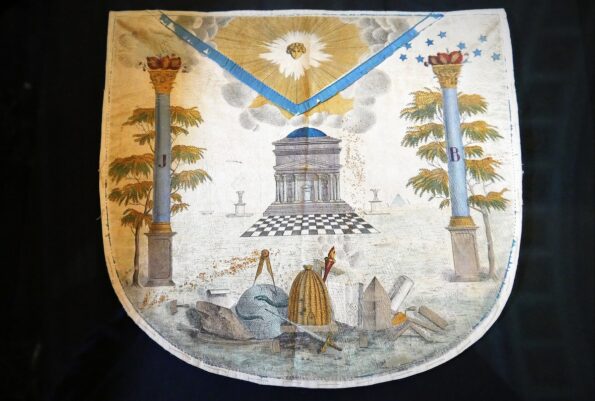

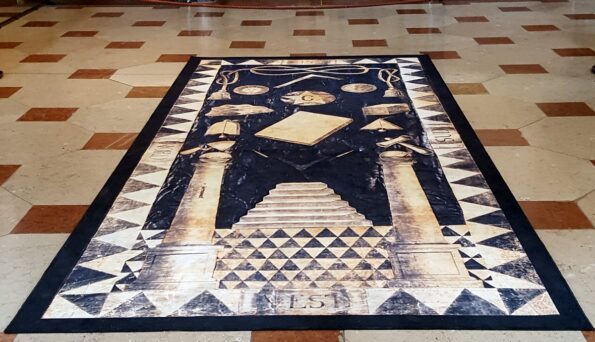
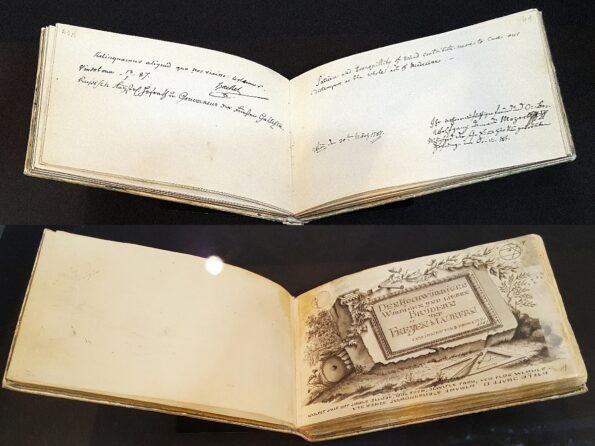



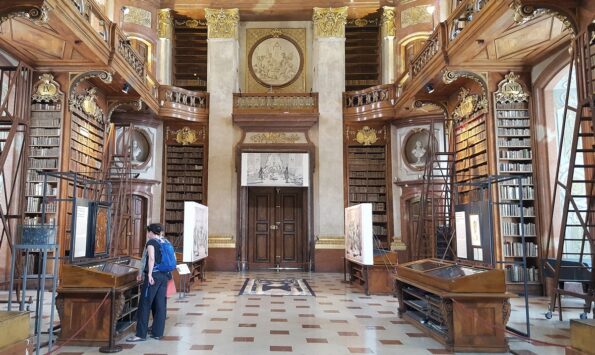





 Salzburg – A Walk Between Nature and Architecture
Salzburg – A Walk Between Nature and Architecture Discovering Street Art in Vienna
Discovering Street Art in Vienna

